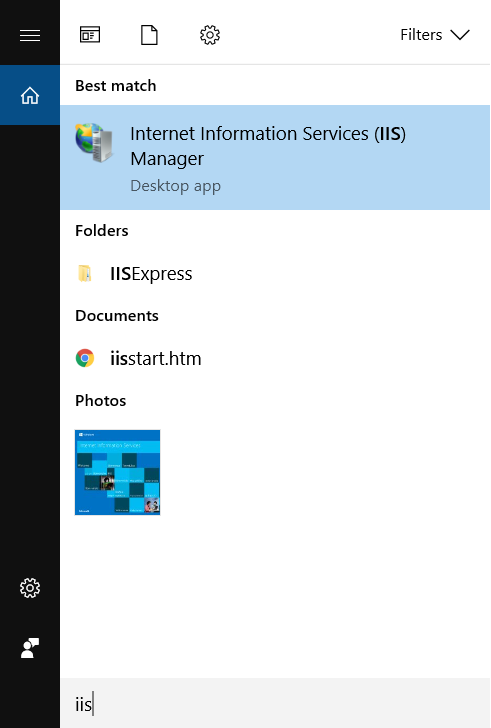
1. Turn off your boosted car and connect the wires
A) Connect the red wire to the dead battery > positive terminal (+)
B) Connect the red wire to the live battery > positive terminal (+)
C) Connect the black wire to the live battery > negative terminal (-)
D) Connect the other end of the negative (black) cable to a clean, unpainted metal surface (such as the engine block) on the engine of the disabled vehicle. Try to find a spot on the engine far from the battery, as this connection might cause some sparks.
2. Start the booster car.
Let it idle for 5 minutes.
3. Try to start the car with the dead battery
If it won’t start, wait another 5 minutes and try again. If it still won’t start, check to see if there are other problems, such as a lack of fuel. Do not keep trying to start the dead car, as you might cause additional damage.
4. Once the dead car does start
Remove the jumper cables in the reverse order in which you attached them. Do not let the cables fall into the engine or allow any part of the cables to touch.
ORDER: D, C, B, A
Keep the newly jump-started car running for at least 30 minutes to make sure the battery recharges fully.
Hope this article was useful for you.







 Trata-se de um router económico (abaixo dos 35 euros), que recomendamos vivamente para expansão de uma rede Wifi.
Trata-se de um router económico (abaixo dos 35 euros), que recomendamos vivamente para expansão de uma rede Wifi.





